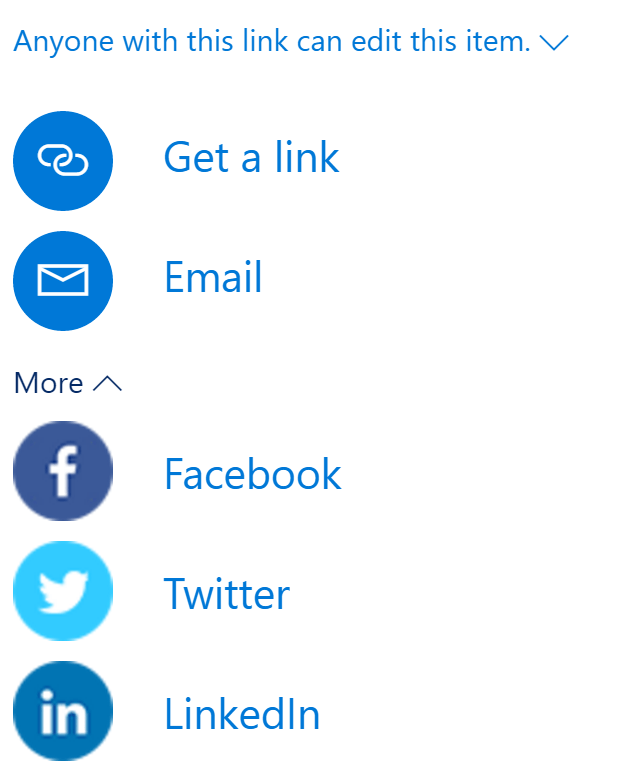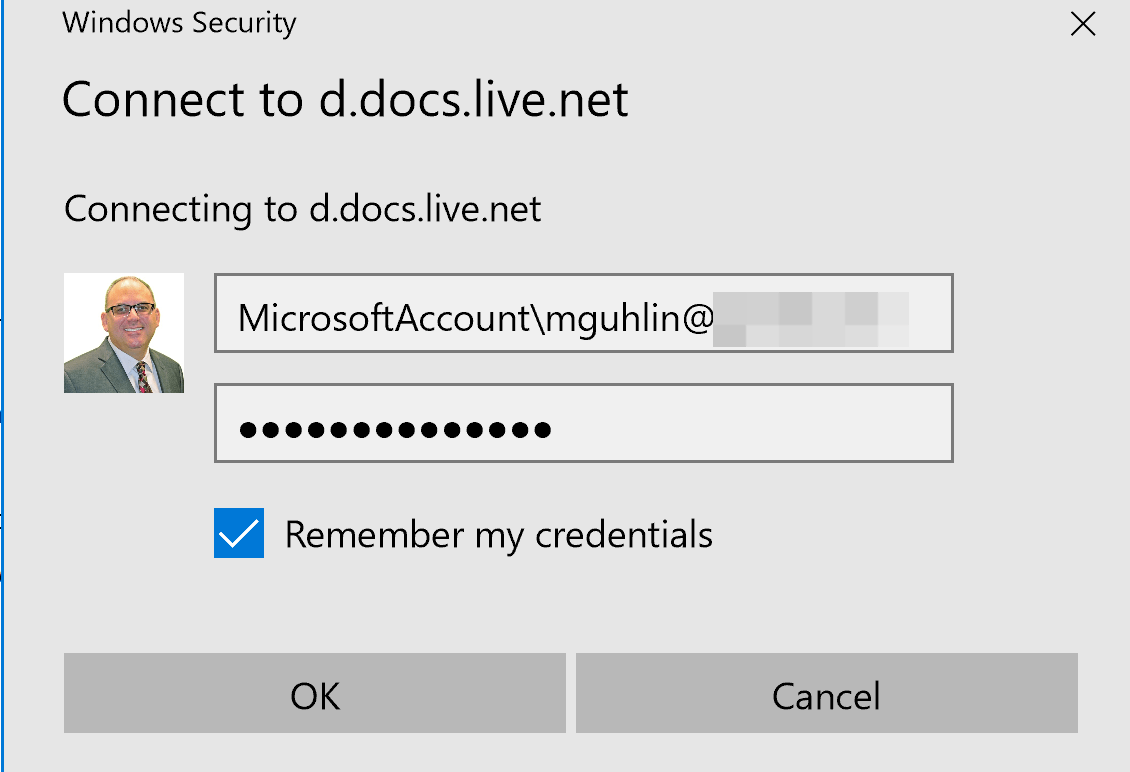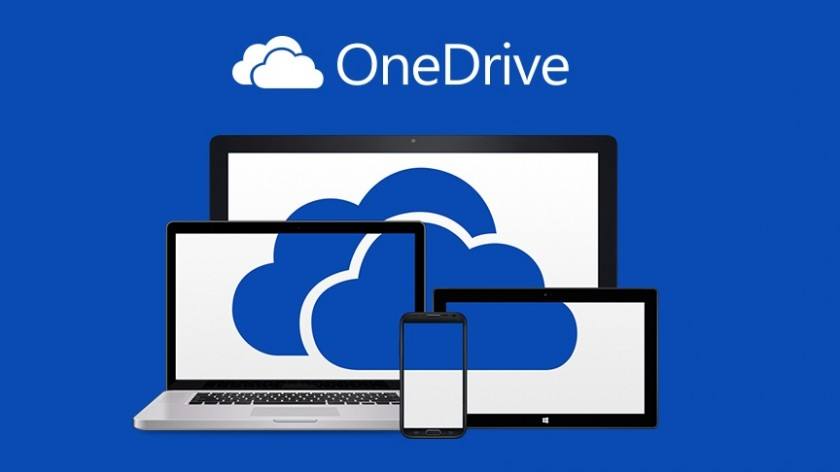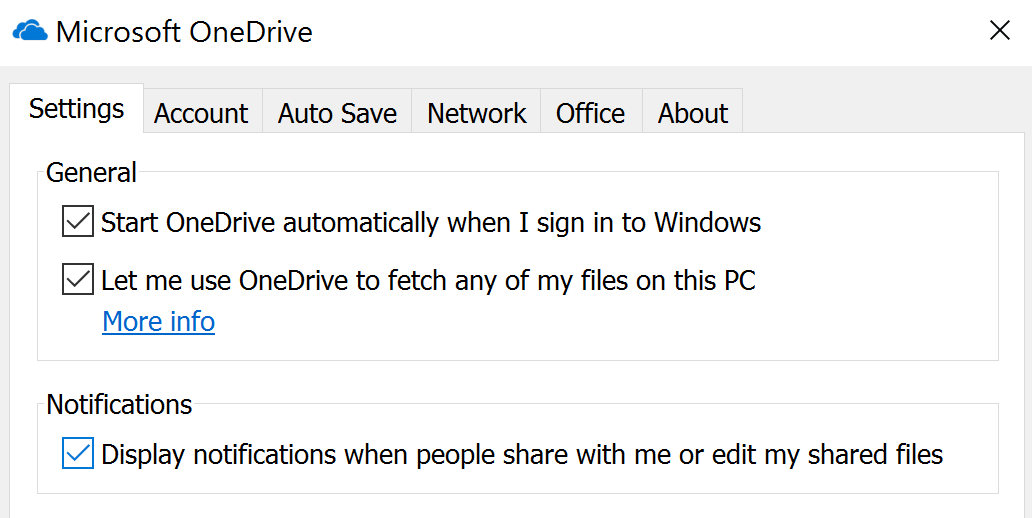Looking for tips that will improve your productivity? Microsoft OneDrive offers incredible benefits, so why not take advantage of it? It’s an app that I use every day, both on my Windows computer and my mobile phone. Did you know you that you can scan documents, record video, and backup your images straight to this amazing (and free) resource? Or did you know that you can access your OneDrive files without having an Internet connection? Learn about these tips and more below.
Tip #1 – Engage in Conversations about Documents
Want to discuss OneDrive documents with others while you both review them? OneDrive and Skype are integrated to allow communication. With a few clicks, you and another person can Skype about a particular OneDrive document. This is a tremendous tool for having staff and students discuss and collaborate on files.
Tip #2 – Create and Share Documents with Others
 Create Word, Excel, Powerpoint, Excel Survey, and OneNote notebooks using OneDrive on the Web. This is the quick way to create documents that you can share with others. You can also organize your documents and move and copy them from one folder to another. The app also makes it easy to share documents with others via a variety of options, as shown in the included image.
Create Word, Excel, Powerpoint, Excel Survey, and OneNote notebooks using OneDrive on the Web. This is the quick way to create documents that you can share with others. You can also organize your documents and move and copy them from one folder to another. The app also makes it easy to share documents with others via a variety of options, as shown in the included image.
You are also able to embed content in a blog or web page. And, aside from saving files with others, you can also make it easy to get files off your own computer using the Fetch feature.
If you have the OneDrive desktop app for Windows installed on a PC, you can use the Fetch files feature to access all your files on that PC from another computer by going to the OneDrive website. You can even access network locations if they’re included in the PC’s libraries or mapped as drives.
When you browse a PC’s files remotely, you can download copies of them to work on. You can also stream video and view photos in a slide show. To access files on your PC remotely, make sure the computer you want to access is turned on and connected to the Internet. OneDrive also needs to be running on that PC, and the Fetch files setting must be selected. (Find out more).
Tip #3 – Create Files Using the Mobile App
With the mobile app on your phone or tablet, you can manage the web version of OneDrive, take photos, record video that bypasses your device’s photo gallery (a.k.a. camera roll), and create Word documents, Excel spreadsheets, and Powerpoint presentations. Photos and videos are created in OneDrive and saved there. Office files are created and accessible via your device’s Office apps, as well as Office Online (e.g. Word Online).
Tip #4 – Scan Business Cards, Documents, and Whiteboard Using the Mobile App
Digitizing student work, important paperwork, photos, and more represent real tasks. The Scan component allows you to capture business cards, documents, and whiteboard work. Scan your paper notes, which are then turned into a PDF and sent to your cloud storage. Once notes are saved to cloud storage, you have the ability to share those with others. You can also use the OneDrive app to print, delete, rename, or open the file in another app.
Tip #5 – Use It as Your Digital Hub
OneDrive can work as your digital hub for documents, but it also notifies you when others share documents with you. You can enable notifications using the mobile app. But wait, there’s more! Did you know you can set up MS Office 2016 on your computer to save directly to OneDrive? Of course, you are also able to save files offline. Want to save space on your Surface Pro tablet or computer?
Map your OneDrive as a network drive with these instructions
 In this video by Sean Ong, see how to set OneDrive to show all the files on your Surface or PC without taking up any storage space.
In this video by Sean Ong, see how to set OneDrive to show all the files on your Surface or PC without taking up any storage space.
Here is a summary of the instructions shown in the video:
- Log in by going to www.onedrive.com
- Go into a folder in your OneDrive (any folder)
- In the URL bar (navigation bar), copy the text that is between the “=” and the “%”
- Go to “This PC” and click on “Map Network Drive” option
- Type in “https://d.docs.live.net/[your copied text]/
- Click finish, enter your credentials, and voila! You’re done.
More Tips
For more useful and amazing Microsoft tips, join the TCEA Microsoft Innovative Educator (MIE) Facebook group.


